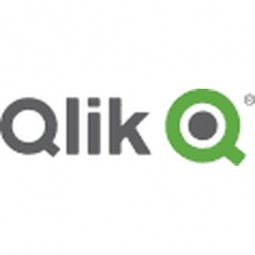Qlik
Case Studies
QlikView Customer Snapshot – Children’s Healthcare
Overview
 |
QlikView Customer Snapshot – Children’s HealthcareQlik |
Analytics & Modeling - Real Time Analytics | |
Healthcare & Hospitals | |
Quality Assurance Logistics & Transportation | |
Predictive Quality Analytics Remote Asset Management | |
Data Science Services | |
Operational Impact
| Time savings from not spending hours combing through medical records, but now being able to analyze data and focusing all energy on the ultimate goal of quality improvement. | |
| Improved processes to help prevent adverse events and improve the quality of patient care. | |


